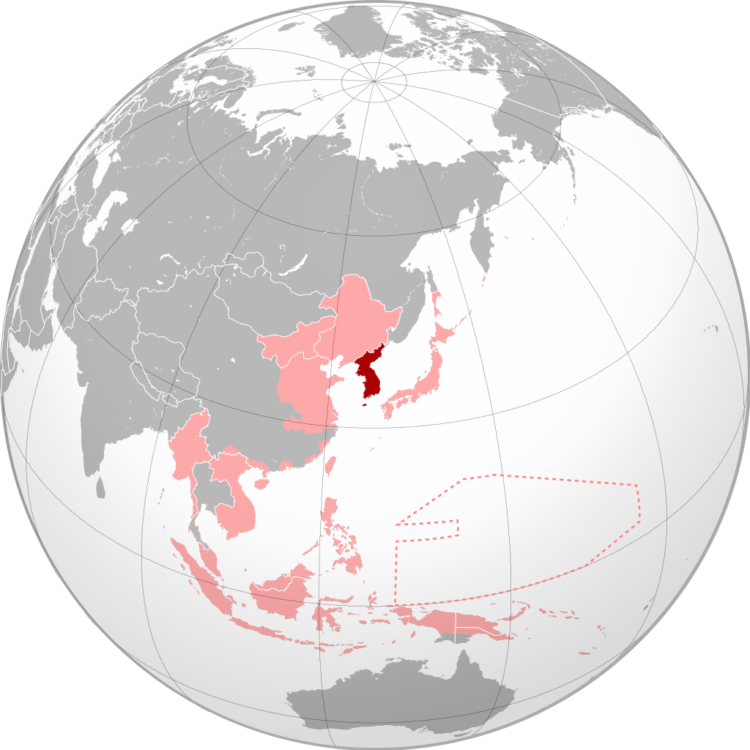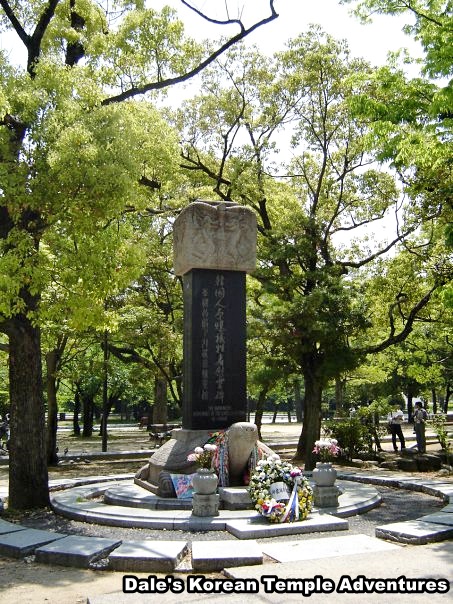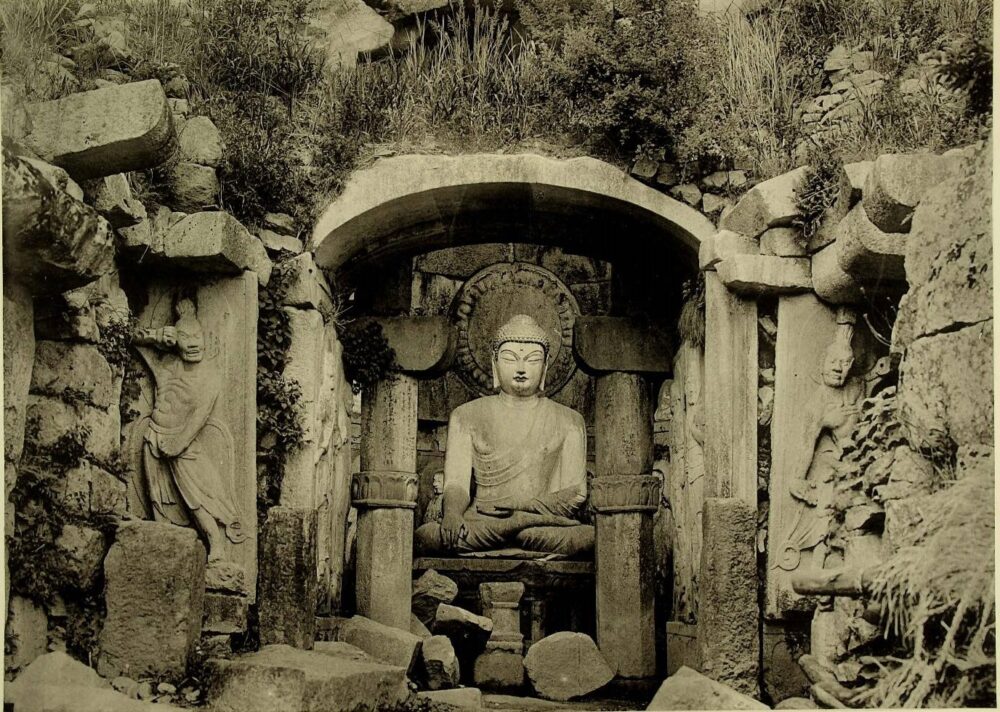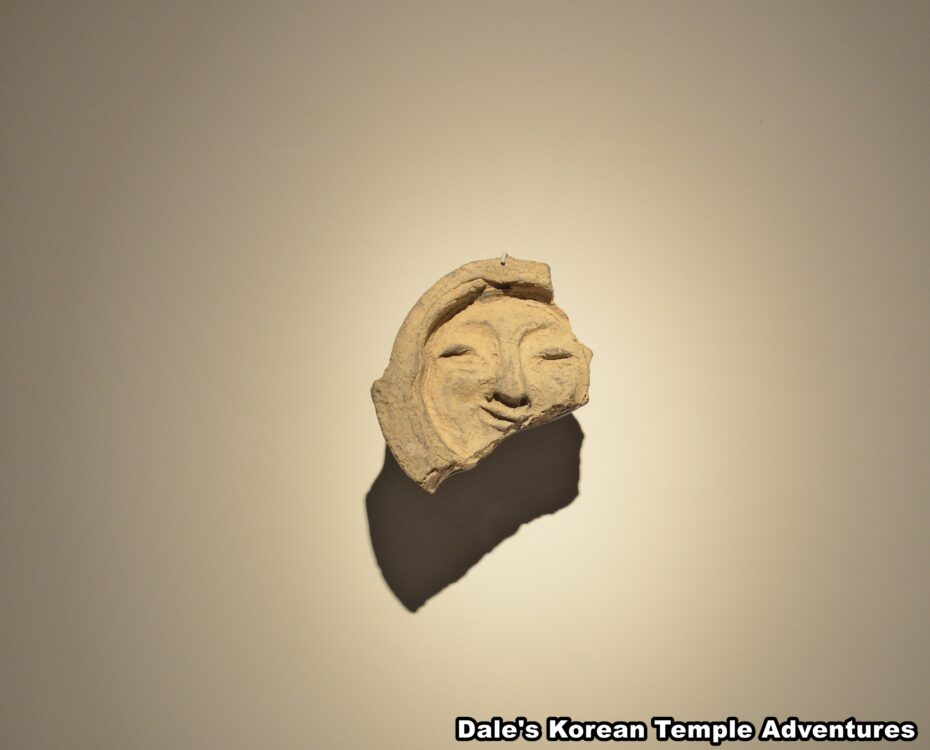The Repressed – Colonial Korea (1910-1945)

The Japanese annexation and colonial rule over Korea is one of the darkest moments in Korean history. Not only did the Korean population suffer terribly as a whole, but this suffering was mirrored in every facet on Korean Buddhism.
Colonial rule by the Japanese began in 1910 and continued until the end of the Pacific theatre campaign of World War Two in 1945. With the ushering in of colonial rule in 1910, it brought to an end the five hundred years of Joseon Dynasty rule (1392-1910). The repressiveness that befell Korean Buddhism during the Joseon Dynasty would continue during Japanese colonial rule.

Japan attempted to suppress traditional Korean Buddhism for its own Japanese form of Buddhism. This meant that not only did Korean Buddhism have to comply with a strict set of extensive rules, but they would also have to obey them. Some of these rules were the discouragement of the traditional Korean celibate Buddhist sect, for the Japanese Buddhist custom that allowed for its monks to marry. In line with this form of Buddhism, heads of temples and hermitages were appointed by the Japanese authorities. And usually these temple appointees were those individuals that embraced the traditional Japanese form of Buddhism of non-celibacy. Another regulation was the demand by Japanese Buddhists to recruit devotees from major cities. This was in opposition to a five hundred year old ban on permitting monks and nuns from entering into cities. But once more, Japanese colonial belief held sway over traditional Korean beliefs. It was also during this time that many Buddhist treasures were carted off to continental Japan. It’s truly unfortunate because so much of Korea’s tangible past is linked to its Buddhist treasures. In total, seventy percent of Korea’s tangible treasures are Buddhist in nature. Who knows just how many artifacts were lost during this terrible time in Korea’s history. However, attempts are being made in the present to retrieve these treasures.


It’s also at this time that historic Buddhist sites like Bulguksa Temple and Seokguram Hermitage in Gyeongju and the Mireuksa-ji Temple Site in Iksan, Jeollabuk-do, that had long been neglected, and and grown derelict as a result, were given attention by the Japanese authorities. Like Korea, Japan has a long, rich history of Buddhism. And since Koreans were seen as being Japanese subjects at this time, it makes sense, in a twisted sort of way, as to why the Japanese would want to preserve the art that they now viewed as their own. It’s also at this time that surveys of temples sites are done in the Gyeongju region like at Sacheonwangsa-ji Temple Site and Heungnyunsa-ji Temple Site. And while some of this work was successful in preserving these historic sites, others did more damage than good.
It’s also during this time of repression that Christian missionary work took root. With a weakened Korean Buddhism, greater conflicts arose between Buddhism and both foreign and domestic Christian influences. It was also at this time that a new Buddhist sect, Won Buddhism, was established. And throughout Japanese colonization, Korean Buddhism, in the tradition of such warrior monks like Samyeong-daesa (1544-1610) and Seosan-daesa (1520-1604), would continue to attempt to defend Korea from foreign invaders. It did this through a variety of social movements.
Even though Japan ruled over Korea for a mere thirty-five years in length, it left an indelible mark, not only on the nation of Korea and its people, but also on Korean Buddhism. It is a dark past that Korea still struggles to deal with today.
